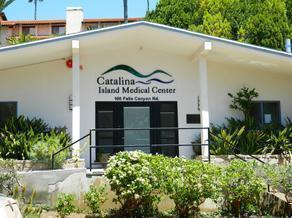The Avalon City Council on Oct. 6 approved a resolution expressing “conceptual support” for a new hospital. The resolution was item six on the Consent Calendar. Items on Consent Calendars are voted on collectively, without discussion unless pulled for separate consideration.
None of this week’s consent items were pulled.
The Consent Calendar was approved unanimously.
As reported last week, supporters of Measure H, a November ballot initiative to impose a special tax on passengers to Avalon and on boats mooring in the harbor, were scheduled to hold a virtual town hall meeting Oct. 8. The meeting was held after The Islander’s editorial deadline.
In related news, the Yes on Measure H campaign issued a press release on Wednesday announcing that all five council members and State Sen. Ben Allen had endorsed the ballot measure that advocates say is needed to fund the construction of a new hospital.
Last week the Yes on Measure H campaign announced that 150 individuals had signed a petition in favor of the ballot measure.
“The Avalon Municipal Hospital was opened at 100 Falls Canyon Road on Jan. 24, 1960,” wrote City Manager Denise Radde in her staff report for the Tuesday council meeting.
“The state of California has mandated that all hospitals meet seismic standards as established by the year 2030,” Radde wrote.
“Rather than retrofit the existing facility, the Catalina Island Medical Center decided to embark on a capital campaign to build a new facility. It is initially estimated that a new medical center will cost approximately $60 million dollars,” Radde wrote.
“In order to fund the facility, Measure H, supported by the Catalina Island Medical Center Foundation, will go before the voters on the November 3, 2020 ballot,” Radde wrote.
“The measure will establish an additional tax on cruise ship, cross channel carriers, and aircrafts carrying passengers, as well as every vessel that rents a nightly mooring,” Radde wrote.
“According to the Catalina Island Medical Center Foundation, the funds generated from the tax will be used for infrastructure replacement, debt financing and implementing new programs and services,” Radde wrote.











